Filter by
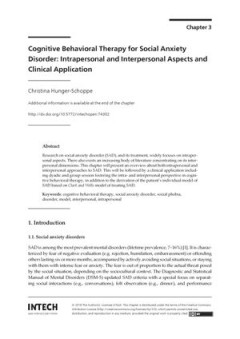
Cognitive Behavioral Therapy For Social Anxiety Disorder intrapersonal and i…
Research on social anxiety disorder (SAD), and its treatment, widely focuses on intrapersonal aspects. There also exists an increasing body of literature concentrating on its interpersonal dimensions. This chapter will present an overview about both intrapersonal and interpersonal approaches to SAD. This will be followed by a clinical application including dyadic and group session fostering the…
- Edition
- -
- ISBN/ISSN
- 9789535139270
- Collation
- -
- Series Title
- -
- Call Number
- -

Past and Present Energy Societies: How Energy Connects Politics, Technologies…
Abundant, salutary, problematic – energy makes history. As a symbol, resource and consumer good, it shapes technologies, politics, societies and cultural world views. Focussing on a range of energy types, from electricity and oil to bioenergy, this volume analyzes the social, cultural and political concepts and discourses of energy and their implementation and materialization within tech…
- Edition
- -
- ISBN/ISSN
- 9783837619645
- Collation
- -
- Series Title
- -
- Call Number
- -
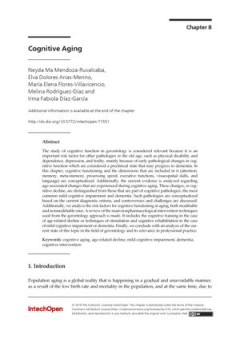
Cognitive Aging
The study of cognitive function in gerontology is considered relevant because it is an important risk factor for other pathologies in the old age, such as physical disability and dependence, depression, and frailty, mainly because of early pathological changes in cognitive function which are considered a preclinical state that may progress to dementia. In this chapter, cognitive functioning and…
- Edition
- -
- ISBN/ISSN
- 9781789232523
- Collation
- -
- Series Title
- -
- Call Number
- -

Participatory Politics: Next-Generation Tactics to Remake Public Spheres
An examination of the mix of face-to-face and digital methods that young people use in their experiments with civic engagement. Although they may disavow politics as such, civic-minded young people use every means and media at their disposal to carry out the basic tasks of citizenship. Through a mix of face-to-face and digital methods, they deliberate on important issues and debate with peers a…
- Edition
- -
- ISBN/ISSN
- 9780262525770
- Collation
- -
- Series Title
- -
- Call Number
- -
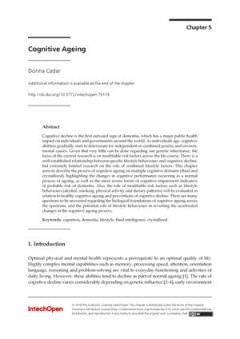
Cognitive Ageing
Cognitive decline is the first outward sign of dementia, which has a major public health impact on individuals and governments around the world. As individuals age, cognitive abilities gradually start to deteriorate for independent or combined genetic and environmental causes. Given that very little can be done regarding our genetic inheritance, the focus of the current research is on modifiabl…
- Edition
- -
- ISBN/ISSN
- 9781789237603
- Collation
- -
- Series Title
- -
- Call Number
- -
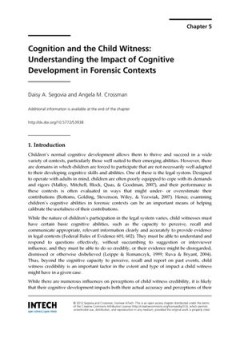
Cognition and The Child Witness Understanding The Impact of Cognitive Develo…
Cognition and the Child Witness: Understanding the Impact of Cognitive Development in Forensic Contexts
- Edition
- -
- ISBN/ISSN
- 9789535108559
- Collation
- -
- Series Title
- -
- Call Number
- -
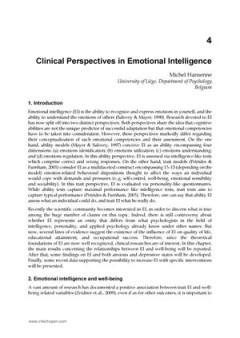
Clinical Perspectives in Emotional Intelligence
Clinical Perspectives in Emotional Intelligence
- Edition
- -
- ISBN/ISSN
- 9789533078380
- Collation
- -
- Series Title
- -
- Call Number
- -
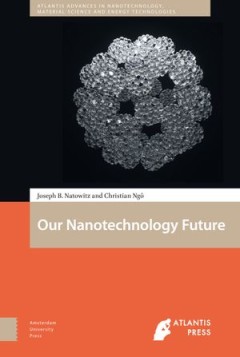
Our Nanotechnology Future
This book explores nanotechnology, a rapidly evolving and growing field with applications in a large number of areas. The concepts and physics are highlighted through topics such as nanoscience, quantum effects, nanostructures, and new forms of carbon. Applications and potential health and safety implications of nanomaterials are discussed for healthcare, food production, electronics, defence a…
- Edition
- -
- ISBN/ISSN
- 9789048534623
- Collation
- -
- Series Title
- -
- Call Number
- -
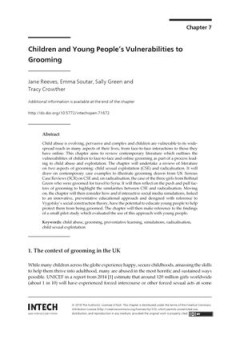
Children and Young People’s Vulnerabilities to Grooming
Child abuse is evolving, pervasive and complex and children are vulnerable to its widespread reach in many aspects of their lives, from face-to-face interactions to those they have online. This chapter aims to review contemporary literature which outlines the vulnerabilities of children to face-to-face and online grooming as part of a process leading to child abuse and exploitation. The chapter…
- Edition
- -
- ISBN/ISSN
- 9789535137382
- Collation
- -
- Series Title
- -
- Call Number
- -
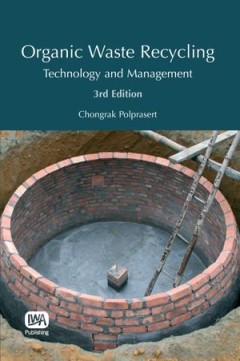
Organic Waste Recycling; Technology and Management - Third Edition
This book covers the principles and practices of technologies for the control of pollution originating from organic wastes (e.g. human feces and urine, wastewater, solid wastes, animal manure and agro-industrial wastes) and the recycling of these organic wastes into valuable products such as fertilizer, biofuels, algal and fish protein and irrigated crops. Each recycling technology is described…
- Edition
- -
- ISBN/ISSN
- 9781780402024
- Collation
- -
- Series Title
- -
- Call Number
- -
 Computer Science, Information & General Works
Computer Science, Information & General Works  Philosophy & Psychology
Philosophy & Psychology  Religion
Religion  Social Sciences
Social Sciences  Language
Language  Pure Science
Pure Science  Applied Sciences
Applied Sciences  Art & Recreation
Art & Recreation  Literature
Literature  History & Geography
History & Geography